Keeping workers motivated is challenging, especially when organizations rely on affecting change solely from the top-down.
By introducing self-assessment into your company, you can offer employees a way out of productivity slumps — a lifeline for professional growth. 76% of Gen Z workers believe that learning is essential for making progress in a work context.
In this article, you’ll discover how to use the monday.com self-assessment template to inspire professional growth in the workplace.
What is a self-assessment template?
A self-assessment template provides individuals with a way to evaluate their performance. It presents an excellent opportunity for workers to draw up a list of their strengths and weaknesses, so they can target areas to improve.
In the workplace, self-assessment is often used as part of a wider review. Managers can use it to encourage employees to reflect on their professional performance before sharing their own thoughts. Self-assessment templates are typically made up of a series of questions about various competencies, like:
- Teamwork
- Problem-solving
- Decision-making
- Communication skills
Team members have to either rate how they’re doing using a sliding scale or jot down some thoughts about their performance. Unlike a standard performance evaluation from senior management, the process of self-assessment relies on input from the individual employee.
Why use a self-assessment template?
Self-assessment enables employees to take ownership of their performance. It offers them a chance to recognize where they are adding value and identify areas where they need to improve.Providing employees with a means to course-correct based on their professional goals can give a sense of purpose to their work. Given that 63.3% of US companies claim keeping employees is harder than recruiting new ones, fostering a sense of pride in one’s work could prove instrumental in the ongoing fight for employee retention.
Self-assessment is also a crucial part of the wider workplace performance review process. It provides employees with opportunities to showcase their achievements to line managers and gives managers the opportunity to recognize and reward an employee’s performance appropriately. This is critical as 82% of employees say recognition is important to their happiness at work.

It isn’t just beneficial for individual output, though. There are other reasons why self-assessment is so valuable.
1. Recognize strengths and weaknesses
Encouraging employees to identify their strengths means they can better support their team using skills they are most confident in. If they’ve identified areas where they are less competent, they can look to other team members’ strengths and ask for help when they need it.
2. Identify gaps to improve training and development
Encouraging self-assessment across a team also allows managers to identify trends and capability gaps. This data can be used to inform what development opportunities are offered. For example, if a manager discovers that many workers are struggling with newly-introduced software, they can offer more comprehensive training. It can also influence hiring decisions, making sure that talent brought into the company complements current strengths and fills any weaknesses across the team.
3. Ensure consistency across the company
Using a self-assessment template means managers don’t have to build their own from scratch. Plus, using a single template across a company offers consistency and ensures the process seems fair to all employees.
Managers can share the document with employees across the company to promote active participation in performance evaluation. It’s far easier for an employee to get started on the self-assessment process when they’re clear which performance areas managers care about.
Plus, using a self-assessment template makes reporting much easier. If the same data points are used across multiple teams and departments, it becomes simple to consolidate performance information across the business.
What are some examples of self-assessment templates?
We’ve seen the benefits incorporating employee self-evaluation into your performance management practices can bring. But how do you get started?
Here are a few use cases and example templates to get you started.
1. Self-assessment for career progression
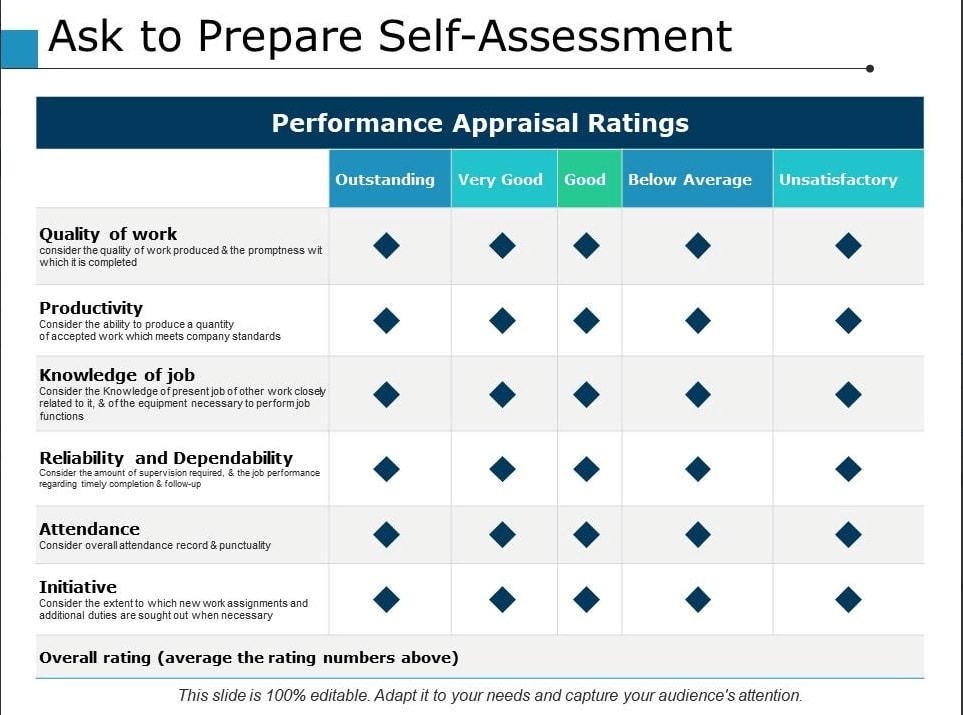
If you want to check employee performance progress, you can use a framework like this one. With this simple self-assessment, you can analyze a worker’s capability across a spectrum of skills such as “initiative” and “reliability and dependability”.
While you’re unlikely to get a detailed picture of progress from this rating system alone, you’ll get a reliable indication of how the worker feels about their performance. You can use this information to strike up a one-on-one conversation with the worker, addressing any discrepancies between your and their assessment of their performance and use other data
to build up a complete picture of employee performance.
2. Self-assessment for performance improvement
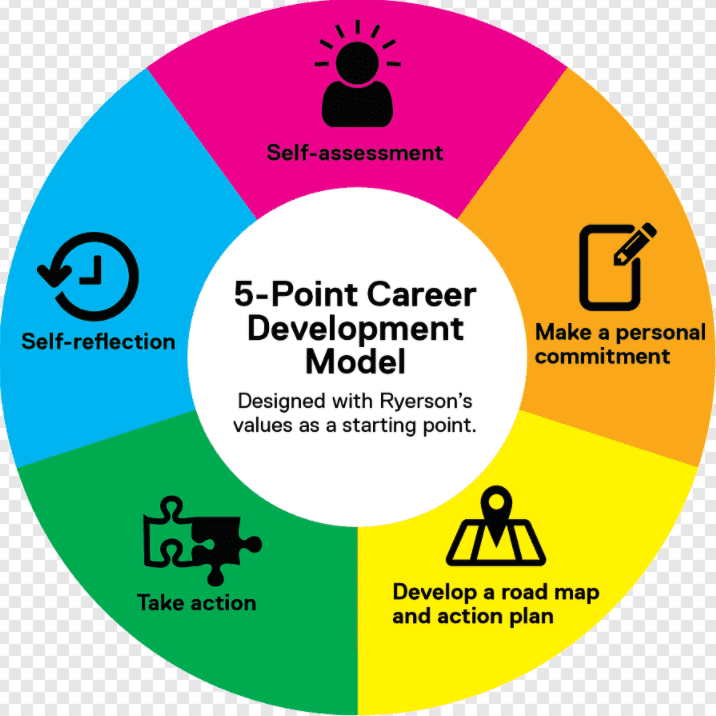
Using this five-point career development model alongside a self-assessment template, you can inspire workers to improve their performance over time. Models like this give employees an idea of how they can benefit from a self-performance appraisal and use it to fuel future growth.
After they’ve completed their self-assessment, employees can look for areas where they’re excelling and where they want to improve. As this model suggests, team members can work with their line manager to commit to that improvement and create an action plan to outline exactly how they’re going to make the change.
After a certain period of time, employees can use the self-assessment template to reassess their performance and see how well their action plan is working.
monday.com’s self-assessment template
Whatever you need a self-assessment for, you can make it happen using monday.com’s fully-customizable template.
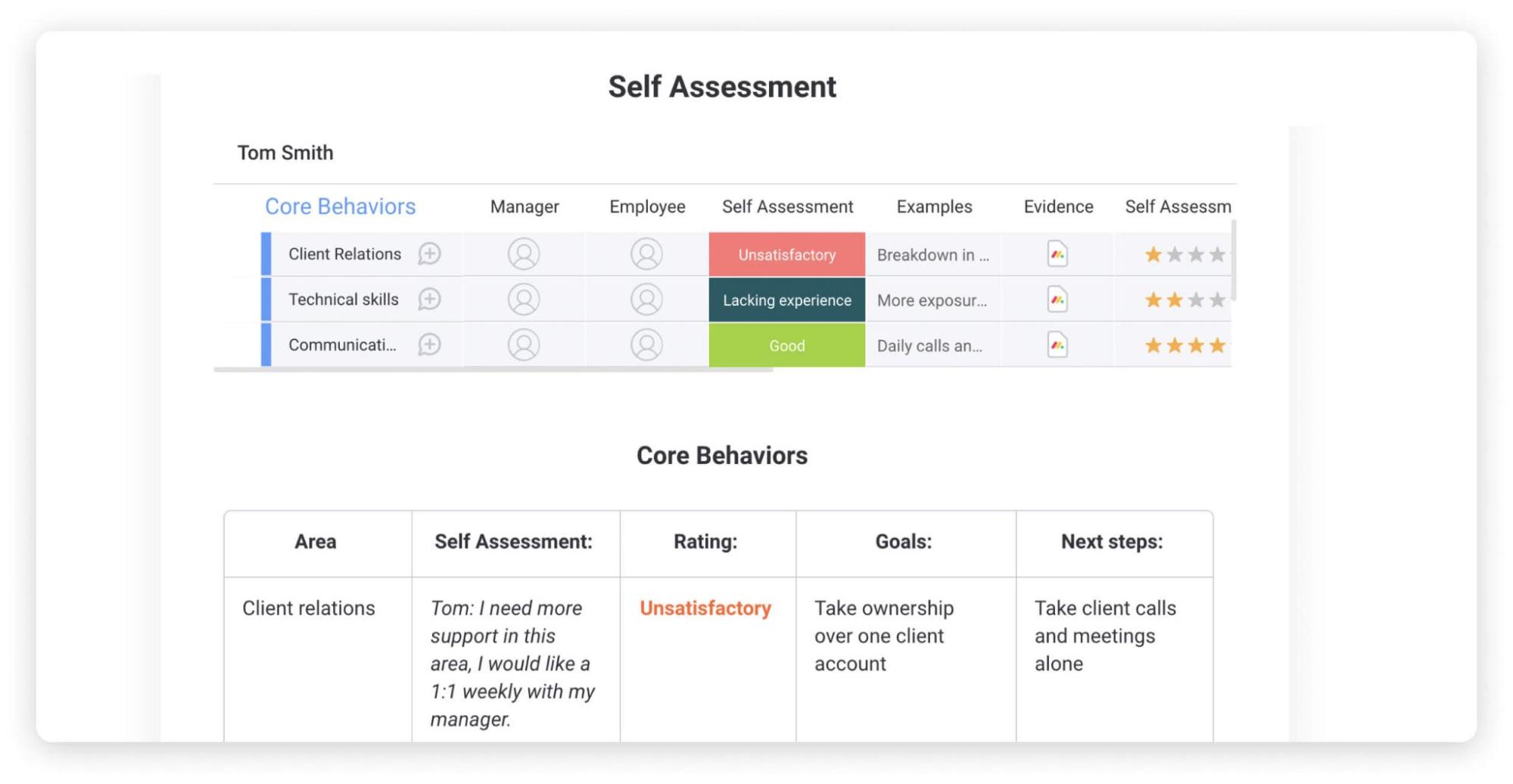
With monday.com, you’ll have access to a powerful Work OS where you can monitor employee performance within the same platform as their work gets done.

It’s simple to share, view, and collaborate on documents in one place. And with monday.com’s smart “If this/then that” automations, it’s easy to schedule, send, and track self-assessments across your whole team. Plus, monday.com’s colorful dashboards provide data-driven insights that help shape your decision-making. Use the information you gather on the platform to track employee self-assessment ratings so that you can monitor performance trends over time.
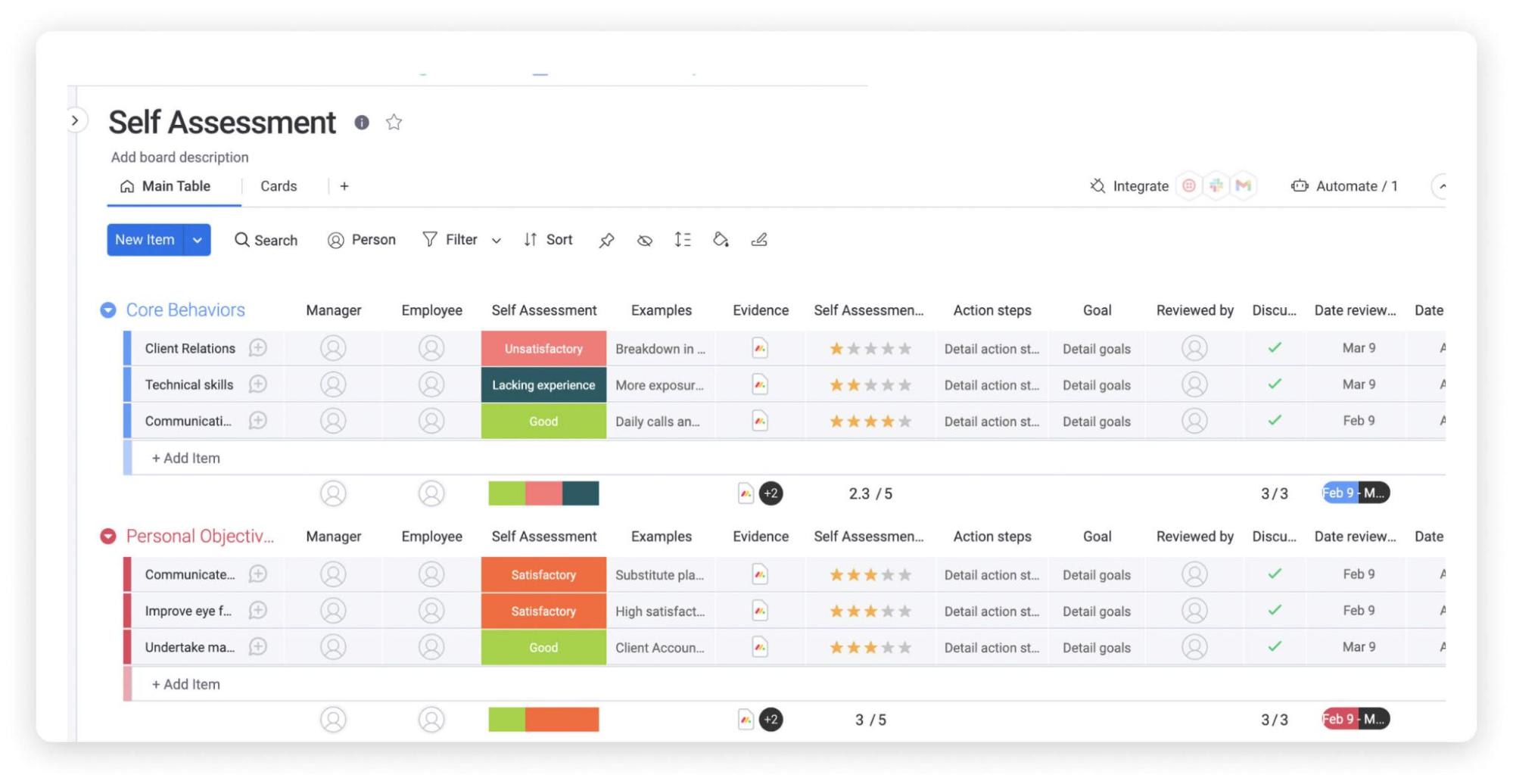
With monday.com you can breathe easy knowing you have the ability to create tailored document access, so only those who need to see them can.
Related templates
There are many different templates related to self-assessment out there. monday.com has a Template Center with 200+ templates across industries and functions. Below are descriptions of different templates you might also create on monday.com
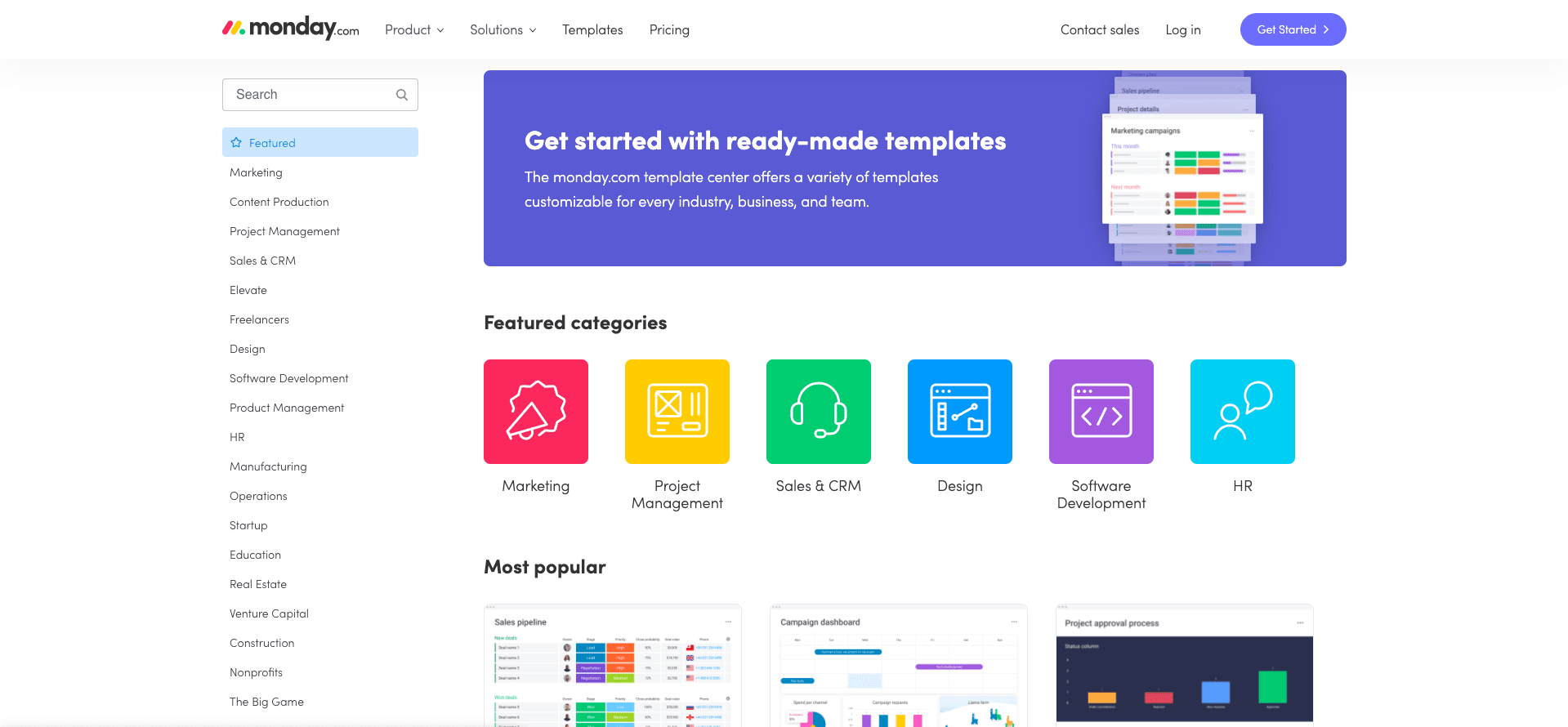
Job description template
A job description template outlines the roles and responsibilities for a vacant position within the company. You can use this template to detail what your company expects of new hires, minimizing the risk of misunderstandings. In the job description template, you’ll find a range of information about the role, such as the job title and the financial compensation associated with the position.
A job description template is crucial for recruitment and onboarding because you can speed up your hiring process and make sure you get the right candidate for the job.
Evaluation template
An evaluation template outlines how to approach any evaluation. This could be anything from an employee quarterly performance review to evaluating the success of a recent project.
You can use an evaluation template in tandem with the self-assessment template to create a complete picture of worker performance and progress. An evaluation template used for employee performance review details the skills and competencies the business values and which key performance indicators the business uses to assess performance.
Used alongside an employee self-assessment template, you can build a clear view of how each team member is performing.
FAQs about self-assessment templates
How do I write a self-assessment sheet?
To fill out an employee self-evaluation, it’s important to identify areas for improvement and outline in detail how you can address them. The idea is to provide honest feedback, which your manager can then use to tailor development opportunities that best support your development.
There are no wrong answers when writing a self-assessment, as everything you put down can be used to help you grow in your role. Don’t forget to showcase your achievements, too, so that these can be recognized appropriately.
What are the techniques of self-assessment?
When you’re completing a self-assessment, you first need to be clear what you’re assessing against. Make sure to ask your manager for the key performance criteria they’re interested in and how they want you to assess yourself. For example, do they want you to score yourself on a sliding scale or offer some examples of where you think you’ve performed well against certain competencies?
To engage effectively with self-assessment, you have to be able to tap into what makes you tick and what you struggle with. As such, introspection is a useful skill to employ when completing a performance appraisal. One technique that can help with this is trying to recall examples where you know you’ve performed well against the criteria outlined. If you find this recollection tricky, it’s worth making a note any time someone offers you positive feedback on a task you complete. Then, when self-assessment time comes around, you’ve got a bank of examples to choose from.
It’s also ok to note when you found things difficult, as this shows you’re aware of your current limitations. This type of self-awareness is a valuable technique for getting the most out of self-assessment. It enables managers to help you find resources to improve areas of weakness and shows that you’re invested in trying to improve.
How do I set up an employee self-assessment?
To create an employee self-assessment form, come up with a list of questions that will elicit relevant answers from your workers. You can categorize the self-assessment form into various skills and competencies to make sure you cover all bases.
You could break it down into individual elements such as “comprehension of software,” “team work,” and “familiarity with company values.” Or minimize the work upfront by using the monday.com self-assessment template to get you started. During the review period, you’ll go through the self-assessment forms and draw conclusions based on the information you gather.

